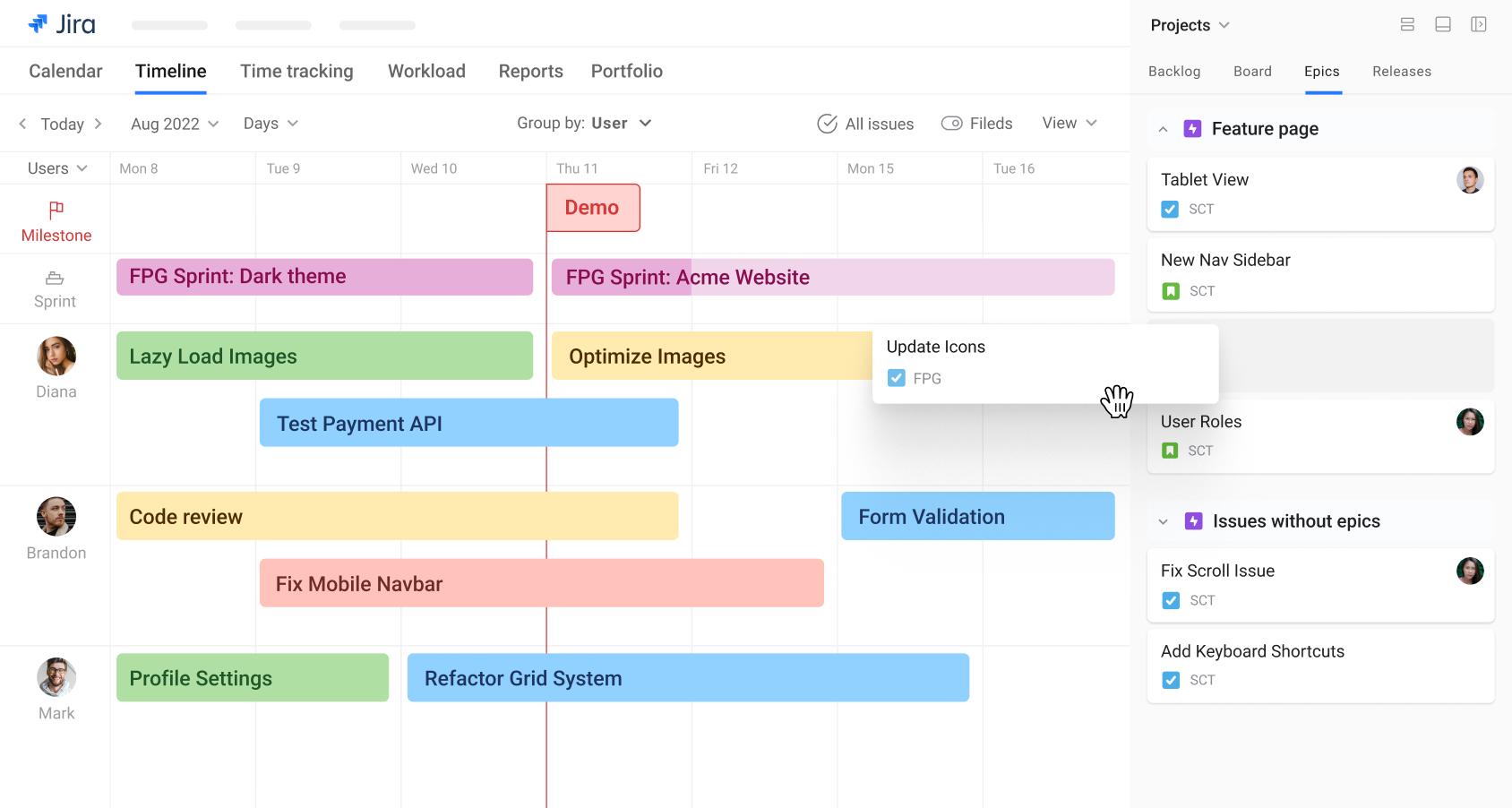Community resources
Community resources
Community resources
How Jira Roadmaps Improve Sprint Planning and Execution
While traditional sprint planning focuses on defining the scope, tasks, and resources, having a clear, actionable roadmap for the sprint is key to keeping the project moving smoothly. In this article, we’ll explore how roadmaps improve sprint planning and execution, and how Jira can enhance this process.
The Importance of Roadmaps in Sprint Planning
Roadmaps provide a high-level view of the project timeline, helping teams prioritize tasks, anticipate potential blockers, and maintain focus on the project’s overall goals. It helps teams:
-
Align team goals: a roadmap offers a shared vision of what needs to be accomplished during a sprint and how it fits into the larger project goals.
-
Define scope and timeline: it helps to break down large objectives into manageable tasks, ensuring that the scope is well defined and tasks are assigned appropriately.
-
Track dependencies: visualizing tasks across a roadmap allows teams to identify dependencies between tasks, ensuring the team doesn’t run into bottlenecks.
-
Anticipate risks: having a roadmap in place makes it easier to see upcoming risks, so the team can adjust its plans accordingly before issues arise.
-
Improve team collaboration: with a shared visual roadmap, teams can coordinate better, reducing miscommunication and ensuring everyone is on the same page.
How Planyway for Jira Helps with Roadmap Visualization
While Jira's native roadmaps are beneficial, they can sometimes feel like a simple task list without the depth required for visualizing complex sprint planning. This is where Planyway shines, making it a powerful tool for project managers overseeing sprint execution.

Here’s what Planyway offers:
-
Sprint Based Visual Timeline: Planyway's roadmaps provide a clear and highly customizable timeline for your sprints that you can group by users. Projects, teams, and epics.
-
Resource Allocation and Tracking: In addition to task and timeline management, Planyway enables teams to allocate resources effectively. By visualizing each team member’s workload and current sprint tasks, project managers can make informed decisions about reallocating resources or adjusting sprint goals.
-
Project Portfolio View: if you’re running multiple projects at a time, simply get them on a single view to coordinated deadlines and track progress.
-
Drag-and-Drop Task Management: Planyway allows project managers to quickly schedule and assign issues by moving them from the backlog/board to the roadmap.
-
Team Collaboration and Updates: Planyway integrates seamlessly with Jira, ensuring that all updates and changes are reflected in real-time for the entire team. Whether you’re managing multiple teams or tracking work across various projects, Planyway gives project managers the tools they need to stay in control.
Conclusion
The integration of roadmaps in sprint planning and execution is not just a trend but a necessity in modern agile project management. With Jira, project managers can already visualize and track the progress of their sprints, but for teams that need a more intuitive, dynamic, and visually robust tool, Planyway provides a powerful solution.
Was this helpful?
Thanks!
Mary from Planyway
About this author
Customer Support Manager at Planyway
Planyway
Kazakhstan
64 accepted answers
0 comments